Fall painting classes for you…
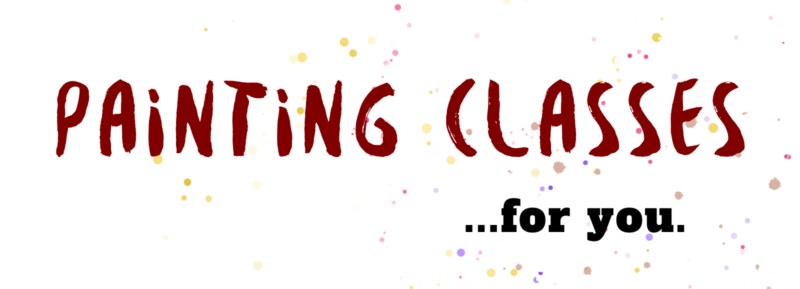
Sign up now for these fall painting classes exploring oil, watercolor and acrylic mediums. We’ve got something for artists (and artists-to-be) of all levels of experience! And new students, don’t forget to use the coupon code sweater2023 for a 20% discount off your first class.* Everyday Still-life Tuesdays, 6pm-8pm, Sep 5 – Oct 24 $320 […]
Thank You for Your Support of Richmond’s ‘Big Fish’
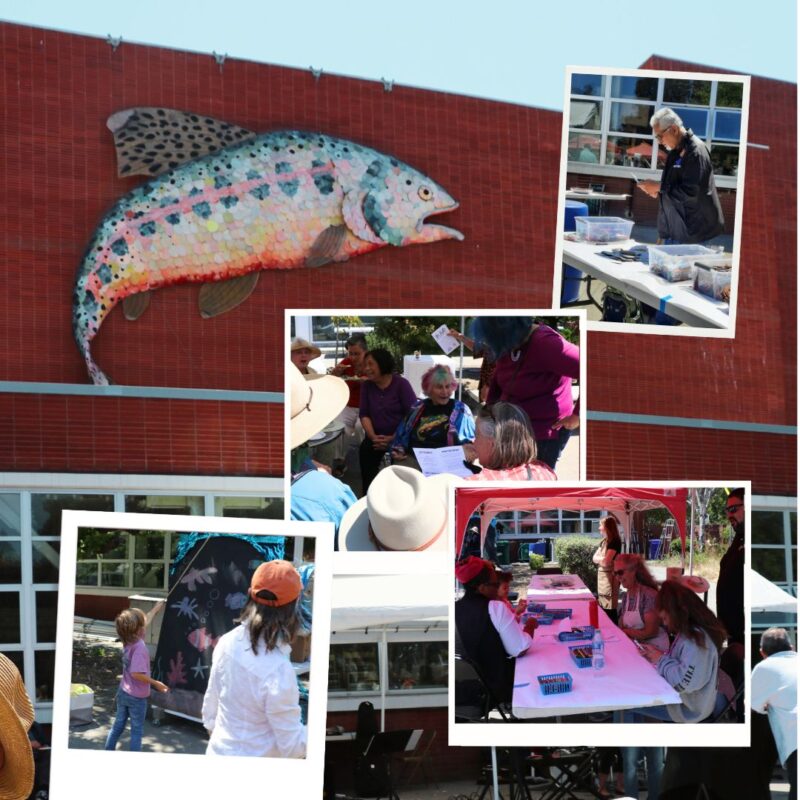
Thank You for Your Support We Celebrated 25 Years of Guillermo the Golden Trout We felt the love at our Go Fish! community party the other week. Thank you to everyone who showed up in support our first in-person fundraiser since the pandemic. We met our fundraising goals and had a great time doing it! Special thanks […]
FY2022-2023 Impact Report
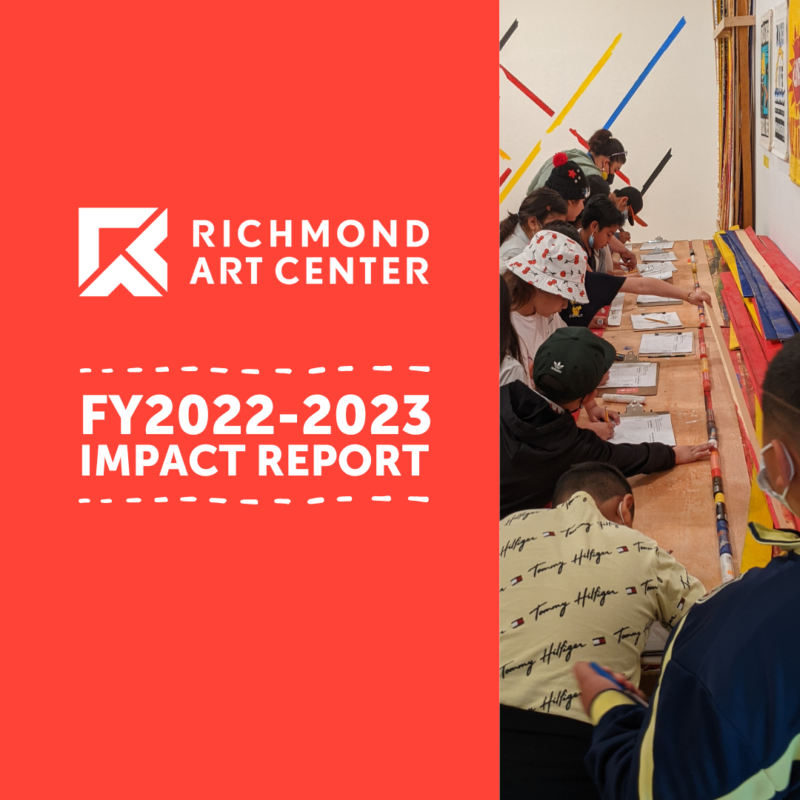
FY2022-2023 Impact Report Richmond Art Center’s programs continue to provide pathways for lifelong arts learning through exhibitions, arts education, and community events. This Impact Report offers a snapshot of how our work over the past year has engaged the local community, especially Richmond-residents and under-resourced artists. Behind the scenes, the organization is strong and stable. […]
Art of the African Diaspora Info Session
9/30/23
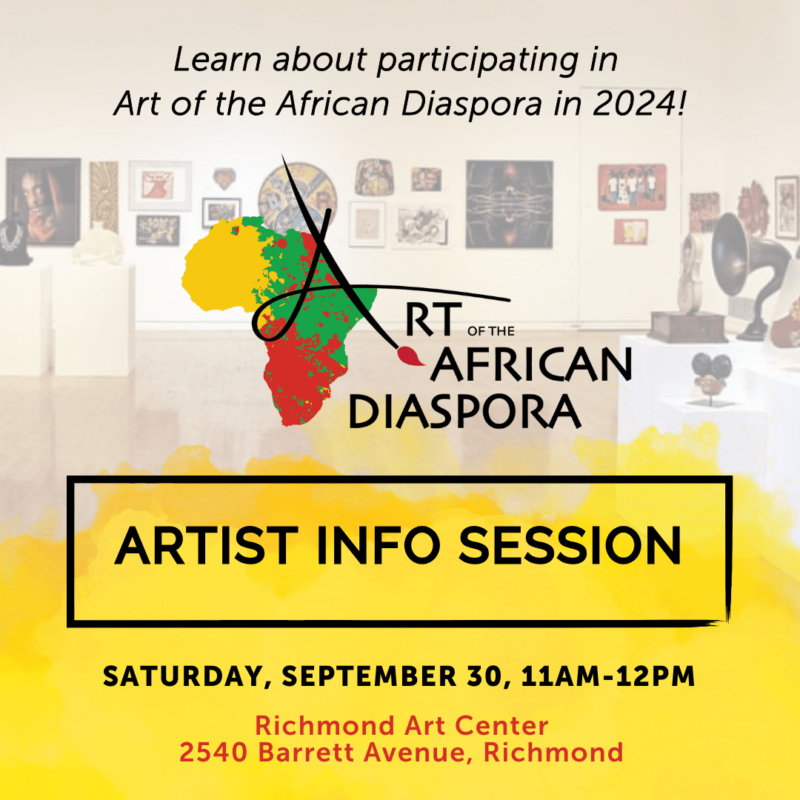
Art of the African Diaspora Info Session Saturday, September 30, 11am-12pm Richmond Art Center, 2540 Barrett Avenue, Richmond, CA FREE Learn about Art of the African Diaspora in 2024! All artists interested in participating in the event, as well as those who have already registered, are invited. Artists who need assistance with registration are welcome […]
Get Ready for Fall Classes
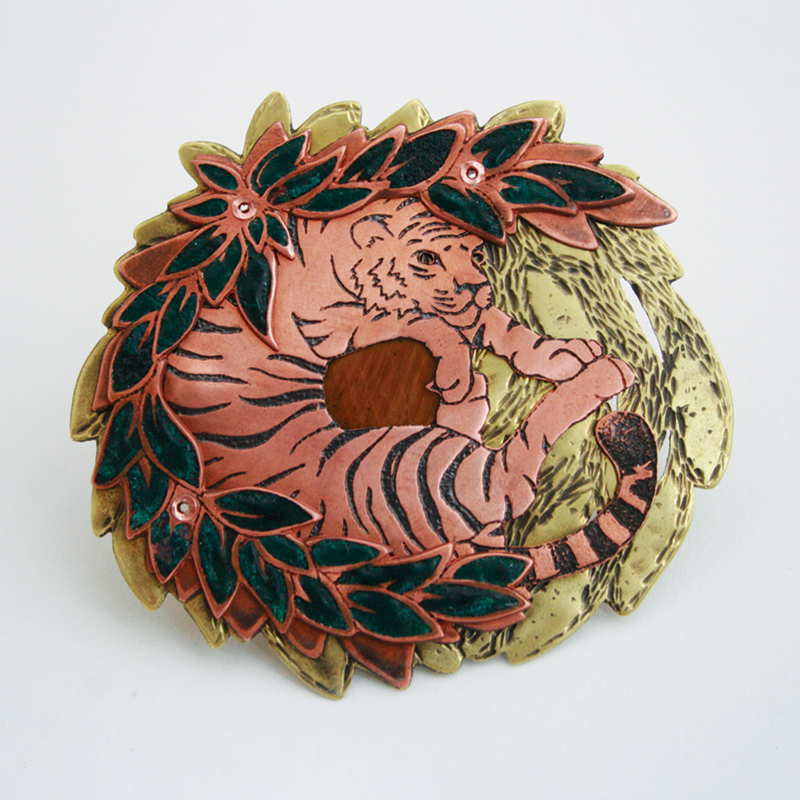
Get Ready for Fall Classes Announcing Fall Semester Class Registration Opens Wednesday, July 26, 10am Fall art classes are now posted on our website (don’t worry if the class says ‘Fully Booked’ this will change once registration opens). Browse listings now and plan which class you’ll sign up for. And don’t forget to get your scholarship applications in […]
Announcing Major Commissioning and Exhibition Opportunity for Artists: Right Here, Right Now 2024

Announcing Major Commissioning and Exhibition Opportunity for Artists Right Here, Right Now 2024 Deadline to Entry: Monday, October 16, 2023, 11:59pm All artists who live and/or work in Richmond are invited to apply to participate in the biennial exhibition, Right Here, Right Now, Richmond. Now in its third iteration, we are excited to announce that in […]
Press Release: Go Fish!

FOR IMMEDIATE RELEASEThursday, July 6, 2023 SPECIAL EVENT Go Fish! Celebrating 25 Years of Guillermo the Golden TroutSaturday, August 5, 1pm-4pm | FREERichmond Art Center (courtyard), 2540 Barrett Avenue, RichmondEvent webpage: richmondartcenter.org/gofish Richmond, CA: Go Fish! on Saturday, August 5, 1pm-4pm is a community party to celebrate the 25th anniversary of Andrée SingerThompson’s iconic sculpture, Guillermo the […]
We’re Building Back Strong After the Pandemic
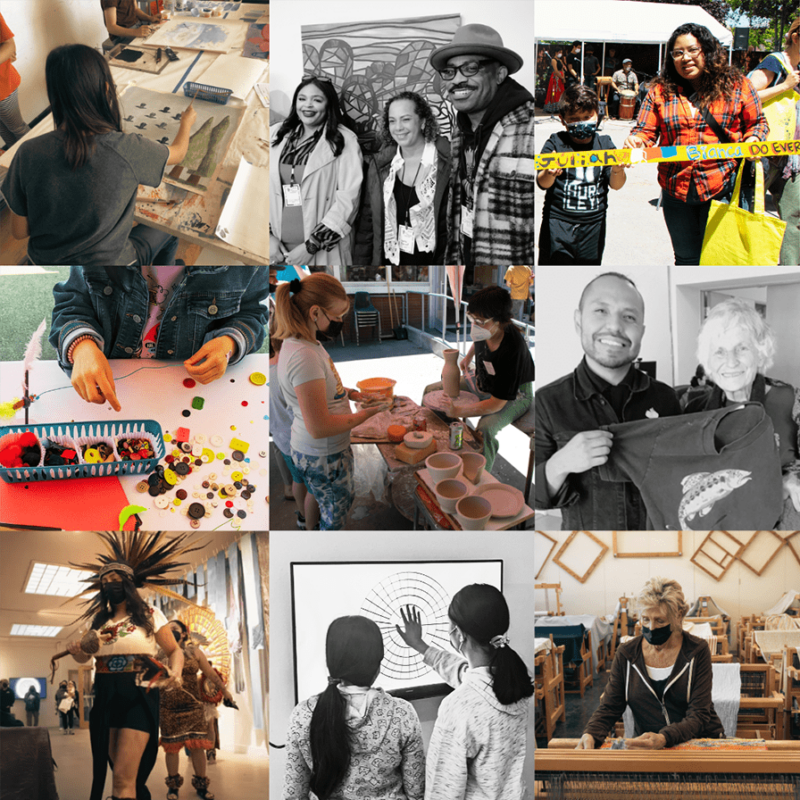
We’re Building Back Strong After the Pandemic New and relaunched programs over the past twelve months include: With your help we can achieve even more over the next twelve months. Can you donate to Richmond Art Center before the end of today? Contributions by midnight tonight, June 30, will help keep Richmond Art Center in the […]
July 4 Holiday Hours
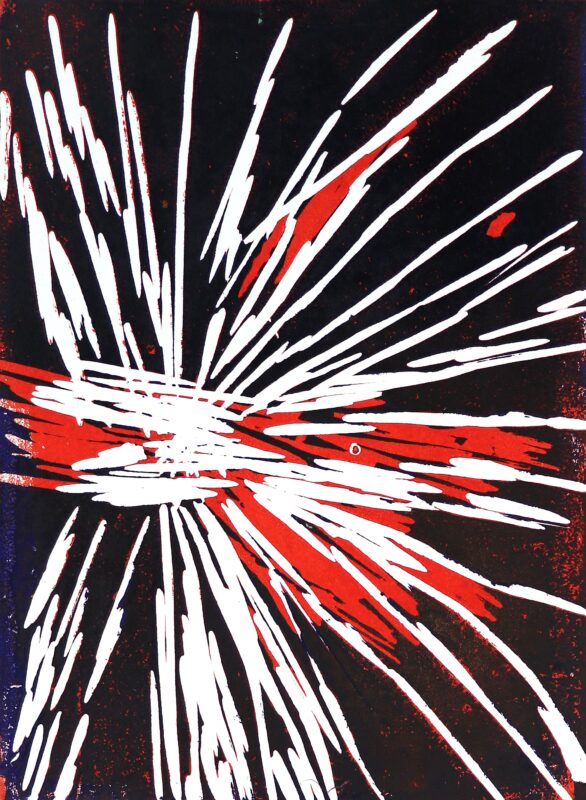
July 4, 2023: Gallery and Studio Hours Galleries Hours: Studios: There are no studio classes or summer camps running the week of Monday, July 3 (through to July 8). Questions? Please contact us! admin@richmondartcenter.org, 510.620.6772 Top image: Artwork by Felicia Griffin
Wee Poets Features WCCUSD Youth and Richmond Art Center
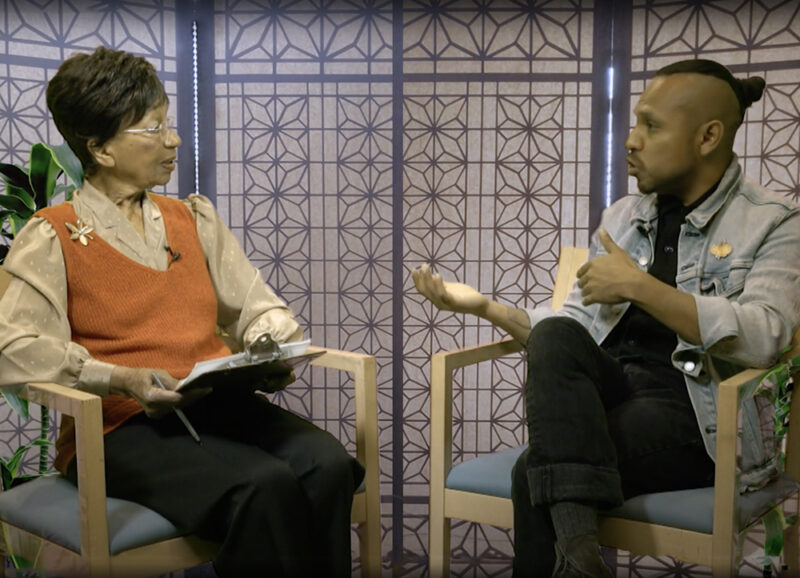
Wee Poets Features WCCUSD Youth and Richmond Art Center For over thirty years Wee Poets on Channel 28 has supported literacy development through interviews with thousands of Bay Area children. This month three WCCUSD students and Roberto Martinez, RAC’s exhibitions director, were invited onto the show to talk about the WCCUSD Student Art Show. Top […]
